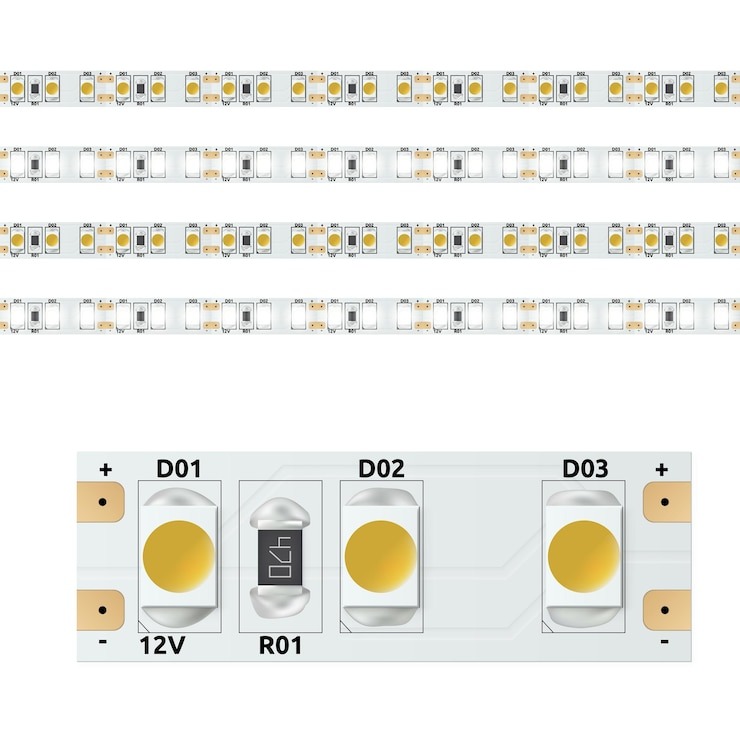A Step-by-Step Guide to the LED Chip Manufacturing Process

Strong 8k brings an ultra-HD IPTV experience to your living room and your pocket.
Introduction
LED (Light Emitting Diode) technology has revolutionized the lighting industry, offering energy-efficient and long-lasting solutions for various applications. Understanding the manufacturing process of LED chips is essential for grasping how these devices function and the innovations driving their development. This guide will walk you through the intricate steps involved in setting up a LED chip manufacturing plant, from raw materials to quality assurance.
- Raw Materials
Types of Materials Used
The primary materials used in LED chip manufacturing include gallium, arsenic, and phosphor compounds. Gallium nitride (GaN) is a popular semiconductor material due to its efficiency in converting electrical energy into light. Other materials such as indium gallium nitride (InGaN) are also used to produce different colors of light.
Sourcing and Quality Control
Sourcing high-quality raw materials is crucial for ensuring the performance and longevity of LED chips. Manufacturers often establish relationships with trusted suppliers and conduct rigorous testing to verify the purity and quality of materials before they enter the production process.
2. Fabrication Process
Wafer Preparation
The fabrication process begins with wafer preparation, where semiconductor wafers are cleaned and polished to create a smooth surface. This step is vital for ensuring that subsequent layers adhere properly and function effectively.
Epitaxy Growth
Epitaxial growth involves depositing thin layers of semiconductor material onto the wafer. This process can be achieved through methods such as Metal-Organic Chemical Vapor Deposition (MOCVD), where gases react to form solid layers on the wafer surface. The thickness and composition of these layers determine the chip's electrical and optical properties.
Photolithography
Photolithography is a critical step in defining the microstructures of the LED chip. A photoresist material is applied to the wafer, and ultraviolet light is used to transfer the desired pattern onto the photoresist. The exposed areas are then developed, creating a mask for etching the underlying layers.
3. Chip Design and Layout
Design Considerations
When designing LED chips, engineers must consider factors such as efficiency, heat dissipation, and light output. The design process often involves simulations to optimize performance and ensure that the final product meets industry standards.
Layout Techniques
Various layout techniques, such as flip-chip and wire-bonding, are employed to connect the LED chip to its packaging. The choice of layout affects the chip's thermal management and overall performance, making it a crucial aspect of the manufacturing process.
4. Testing and Quality Assurance
Testing Procedures
Once the LED chips are fabricated, they undergo a series of tests to evaluate their performance. These tests include electrical testing, thermal imaging, and photometric measurements to ensure that the chips meet predefined specifications.
Quality Assurance Standards
Quality assurance is paramount in LED chip manufacturing. Manufacturers adhere to international standards such as ISO 9001 to maintain consistent quality throughout the production process. Regular audits and inspections help identify and rectify any issues that may arise.
5. Conclusion
The manufacturing process of LED chips is a complex yet fascinating journey that highlights the intersection of science and technology. By understanding each step, from sourcing raw materials to rigorous testing, we gain insight into the innovation driving the LED industry. As technology continues to evolve, so too will the methods and materials used in LED chip manufacturing, paving the way for even more efficient and sustainable lighting solutions.
Note: IndiBlogHub features both user-submitted and editorial content. We do not verify third-party contributions. Read our Disclaimer and Privacy Policyfor details.




